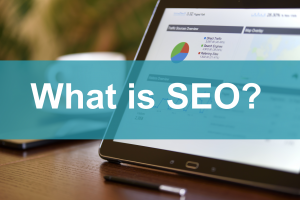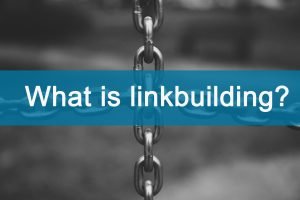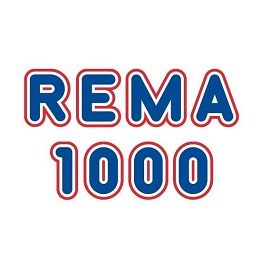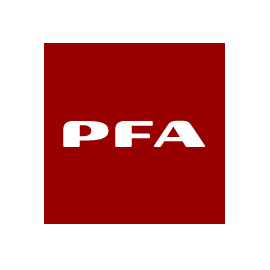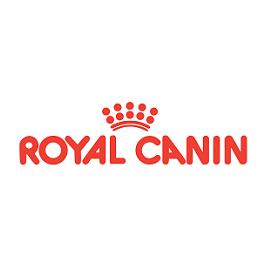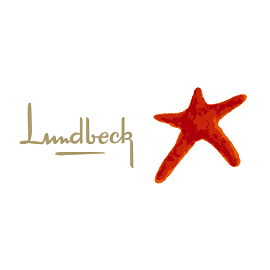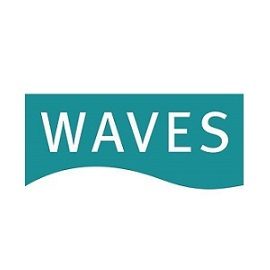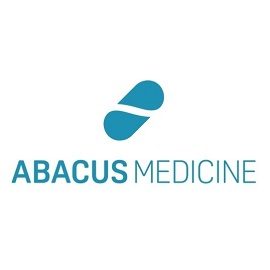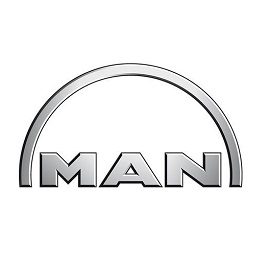This article is written by guest blogger Simon Nygård.
My name is Simon Nygård and I am Morning Train’s link building specialist.
Over the course of the last 2 years, I had many customers interested in advice and help with link building so they could be more successful on Google. You can read more about Morning Train’s work with SEO here.
A number of these link building customers had already put in a certain amount of work on their link profile before coming to us and it is this experience that helped me pinpoint and learn about common challenges and pitfalls when it comes to link building.
Here are 3 situations I believe you should pay special attention to and try and avoid.
Focusing too much on 3rd party SEO-tool metrics
When trying to assess the value of a domain and its link building potential, people usually use link metrics, most common of them being the Ahrefs Domain Rating (DR). This metric assesses the strength of a domain’s link profile and grades it on a scale of 0-100.
Using the metrics that 3rd party SEO-tools like Ahrefs and Majestic provide can be comforting at times, but there is always a risk of misinterpretation so one should never trust this data 100%.
I often encounter domains that have a relatively high domain rating even though their link profile is built on links exclusively from spam sites, comment sections and profile pages. In fact, these links pass very little value and you will rarely gain anything from having a backlink on this high DR domain.
The same applies to website traffic. When it comes to judging the value of a domain, website traffic is becoming a commonly used mean of measurement. And for this purpose, we again have Ahrefs as the tool of choice.
The problem arises from the fact that as a 3rd party software Ahrefs will never be able to precisely estimate the amount of traffic for a particular domain. We therefore need to be critical and not take these numbers too literally. At best we can use the data as a pointer, instead of basing big decisions on them.
On occasion, Ahrefs traffic estimation can be on point, while at other times it seems like just a shot in the dark.
The only time you can actually rely on Ahrefs’ traffic estimation is when you find a website with a traffic estimate of 0. These domains often get next to no traffic and you should best steer clear of them.
In the end, the best possible course of action is to use common sense and handle link metrics with caution while combining them with expert judgement.
Getting links with no link path from the front page
Before you use time and resources on getting a backlink, do research on where on the desired domain this link will be placed. The position of your backlink on a website is an important factor when it comes to determining the value.
It is therefore important to understand that when Google crawls your link and determines how much link equity it will pass; the position of the link is the crucial element.
This means that a link from a hard to find article tucked away on one of your chosen domain’s subpages will be of minimal value to you. What you want instead is a link that is just a few clicks away from the front page – since the front page is commonly the URL on a domain with the highest number of backlinks. This is the type of link that will pass the highest amount of link value on to your own site.
Other than keeping an eye on the link path required to reach your link from the front page of the domain, you should also be aware that it makes a difference where on the page itself the link is placed. A link placed in the main text and gladly “above the fold” will give the best results.
Anchor text overoptimization
Back in the day, using exact match anchor text with the keywords you wanted to rank for was a common practice and a very fast method to climb ranks on Google. This strategy still works, but there is great risk involved when you use exact match anchor texts aggressively.
As Google gets smarter and smarter, it also becomes better at uncovering manipulative and unnatural backlinks. And my guess is that those that overuse exact match anchor texts risk a steep penalty from Google. The overoptimized anchor texts are tattletales of sorts and Google is quick to figure out what the intention is when using them.
You should rather get a bunch of backlinks for your frontpage and a couple for your subpages that have a more natural feel.
You already see how strong domains rank # 1 on highly competitive keywords, without that particular landing page having a single external link.
If you do choose to work with exact match anchor texts anyway, make sure you keep them to max 2-3% of your collective link profile.
Featured Image: Jcomp/freepik.com



